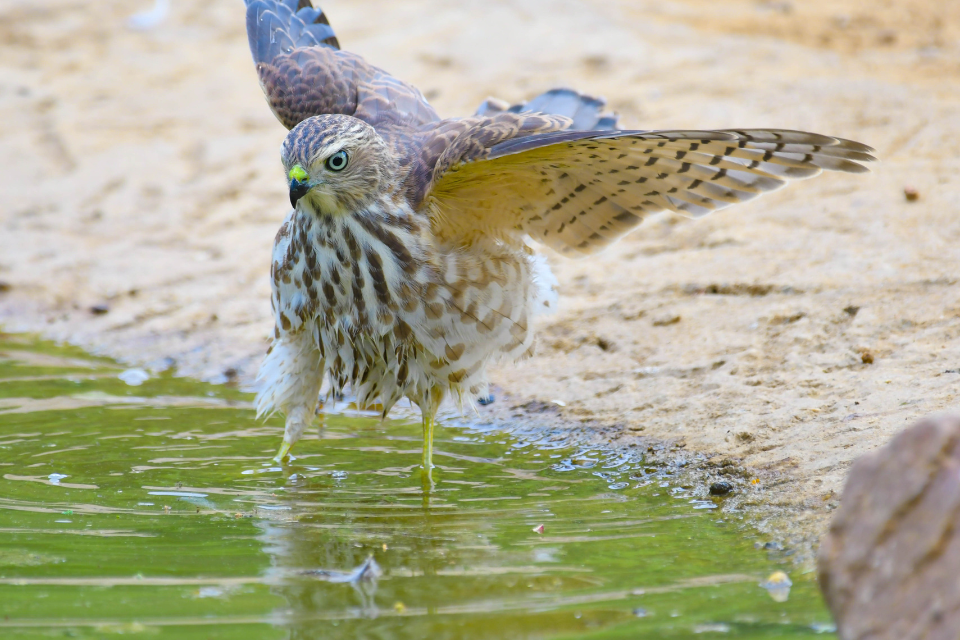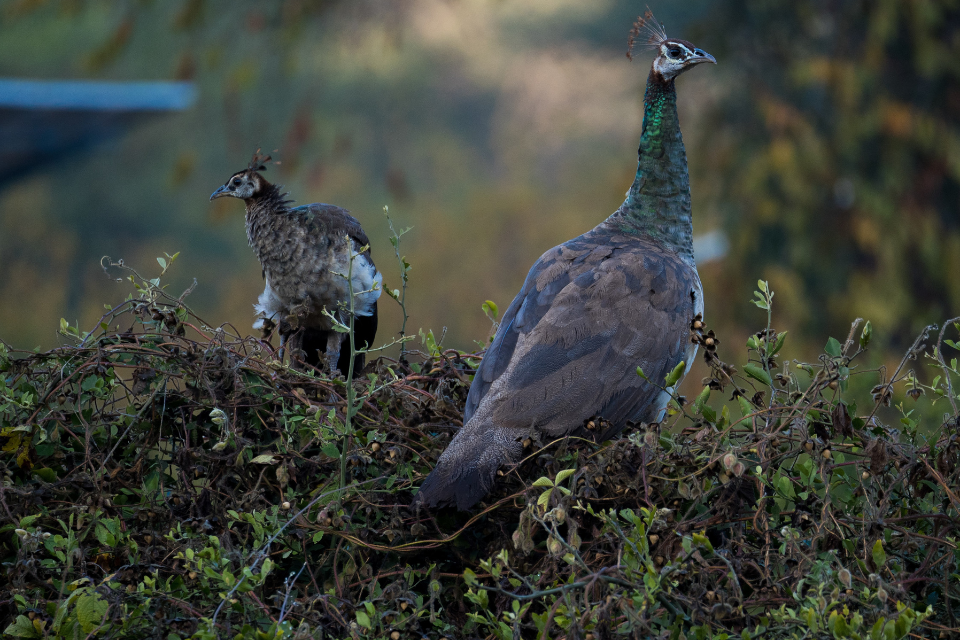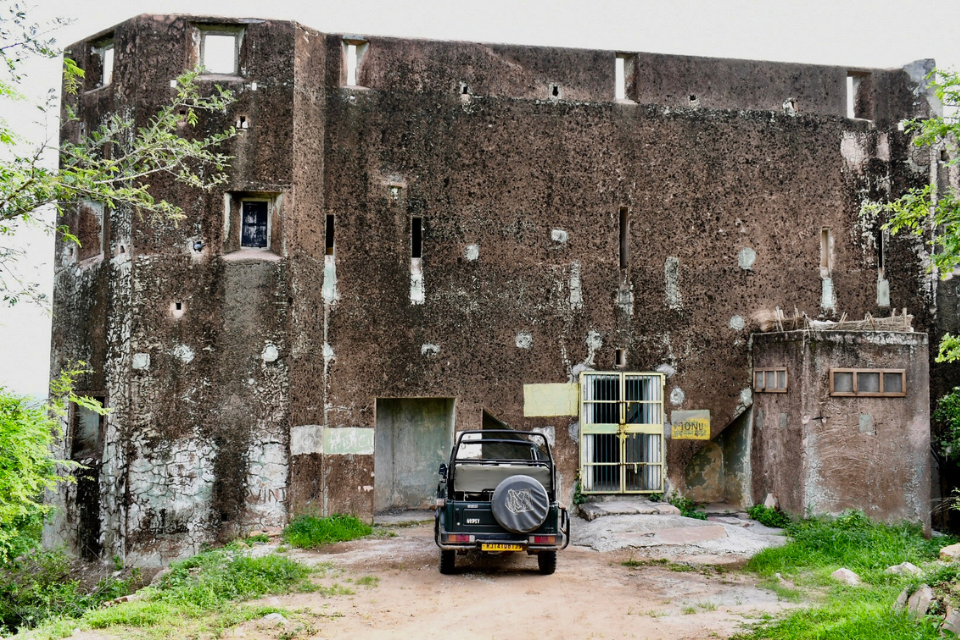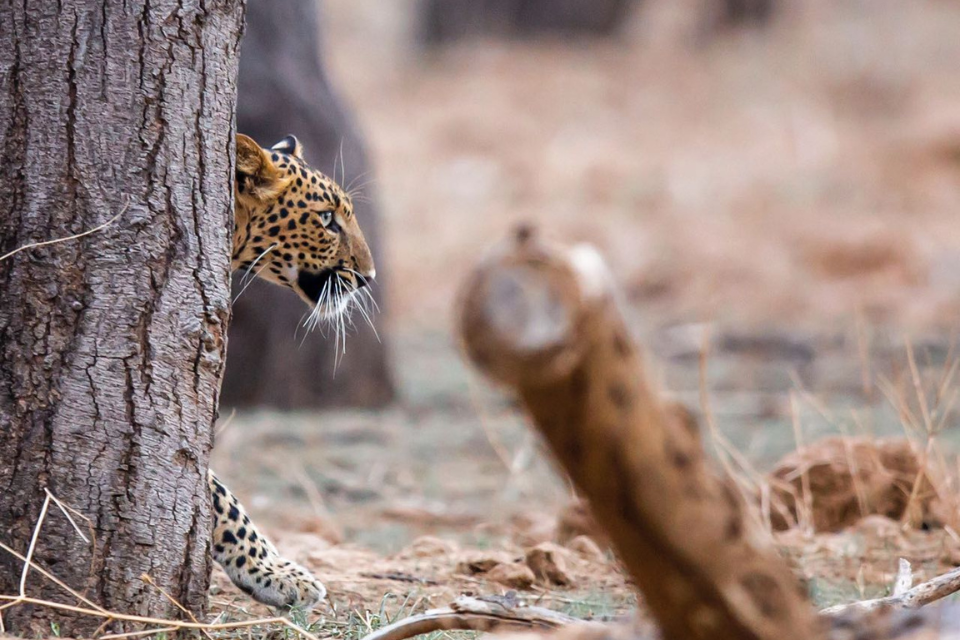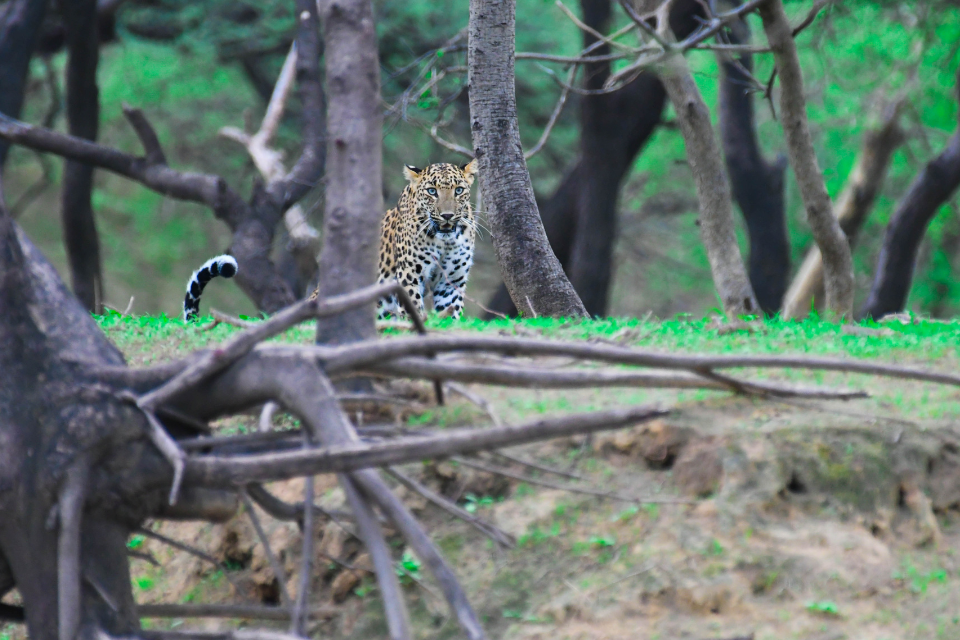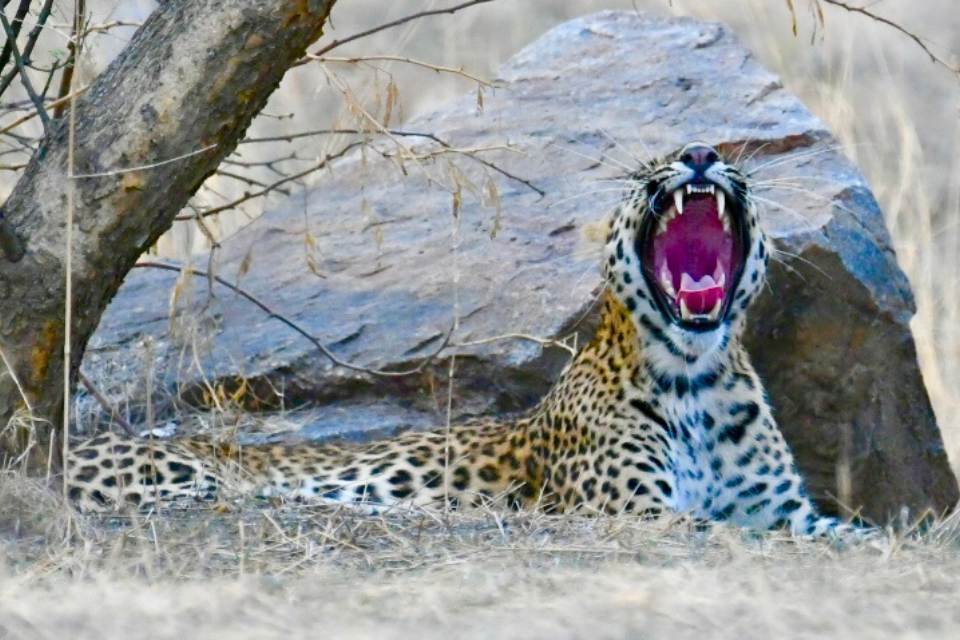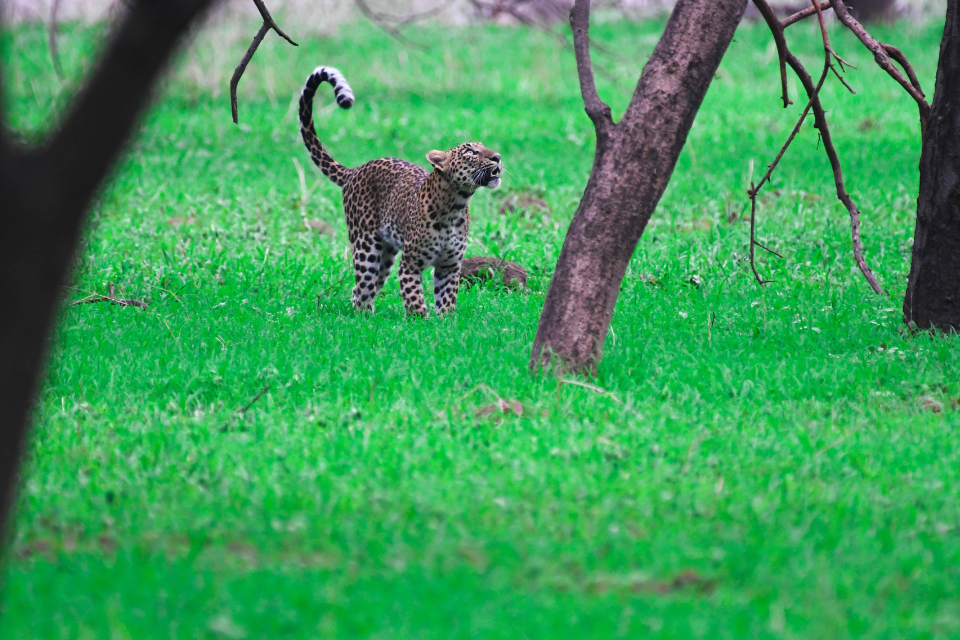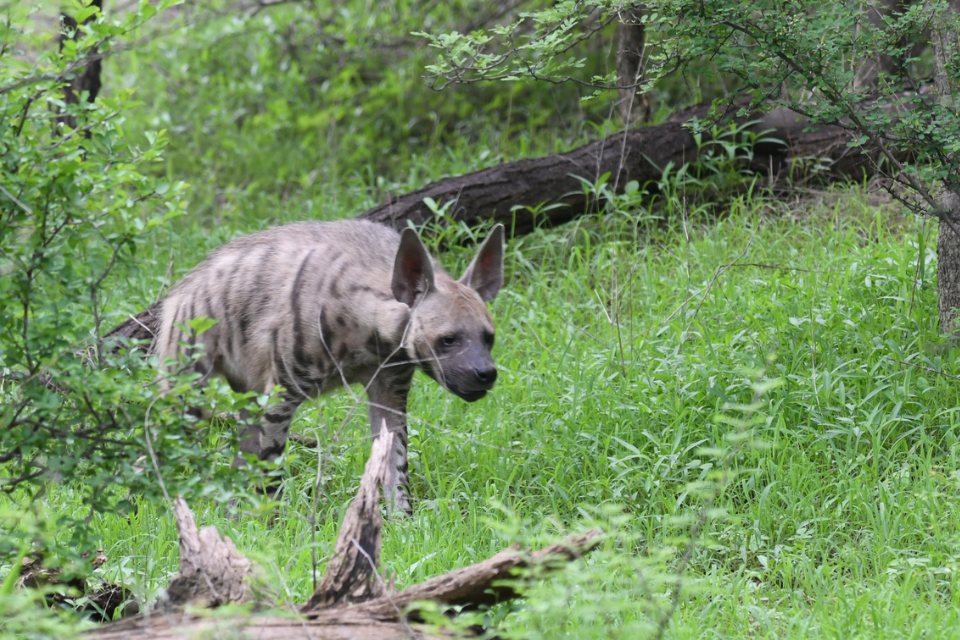- June 24, 2025
Eco-Tourism at Beed Papad: Sustainable Tourism Practices for the Conscious Traveler
Introduction
Beed Papad Leopard Safari isn’t just Jaipur’s newest wildlife destination—it’s a working example of how tourism and conservation can coexist. In an era where over-tourism has become a real threat to fragile ecosystems, Beed Papad is quietly setting the tone for eco-conscious travel right on the city’s edge.
If you’re someone who cares about the planet, respects wildlife, and believes in leaving no trace behind, this safari is designed with you in mind.
Let’s break down the safari’s eco-tourism principles, and how you as a visitor can contribute to preserving its beauty and purpose.
1. Built for Sustainability, Not Spectacle
- Minimal Impact Construction
From the moment you enter the Beed Papad Safari premises, you’ll notice the difference—no flashy concrete domes or painted mascots. Instead, you’ll find:
- Rammed earth huts
- Natural stone boundary walls
- Locally sourced wood benches
All structures are either made from recycled or regionally available materials, reducing transport emissions and blending into the terrain.
- Passive Cooling Over Air Conditioning
The viewing shelters and ranger posts are designed using cross-ventilation, overhanging roofs, and earthen flooring to keep temperatures naturally down. Solar panels power minimal lighting, while ACs are avoided altogether to cut down energy usage.
2. Water Conservation on All Fronts
- Rainwater Harvesting Tanks
Three main buildings in the safari zone are equipped with sloped roofs connected to rainwater tanks that collect precious monsoon rain. This water is reused for:
- Cleaning
- Plant watering
- Restroom facilities
- No Lawns, Only Native Flora
There’s no manicured grass in sight. Instead, you’ll find babul, khejri, dhok, and desert date trees, which require minimal irrigation and create a real habitat for local wildlife.
3. Waste Management Done Right
- Plastic-Free Zone
From ticket counters to vehicle interiors, single-use plastic is banned. Visitors are urged to bring metal or BPA-free reusable bottles. You’ll find clay water pots and refill stations instead.
- Waste Sorting & Composting
Dry and wet bins are available at rest areas. Leaf litter and biodegradable food waste from the staff mess is composted onsite and used as mulch.
- Clean-up Drives
Every first Sunday of the month, volunteers and school groups join forest staff to clean up paths and nearby buffer zones, removing litter and invasive weeds.
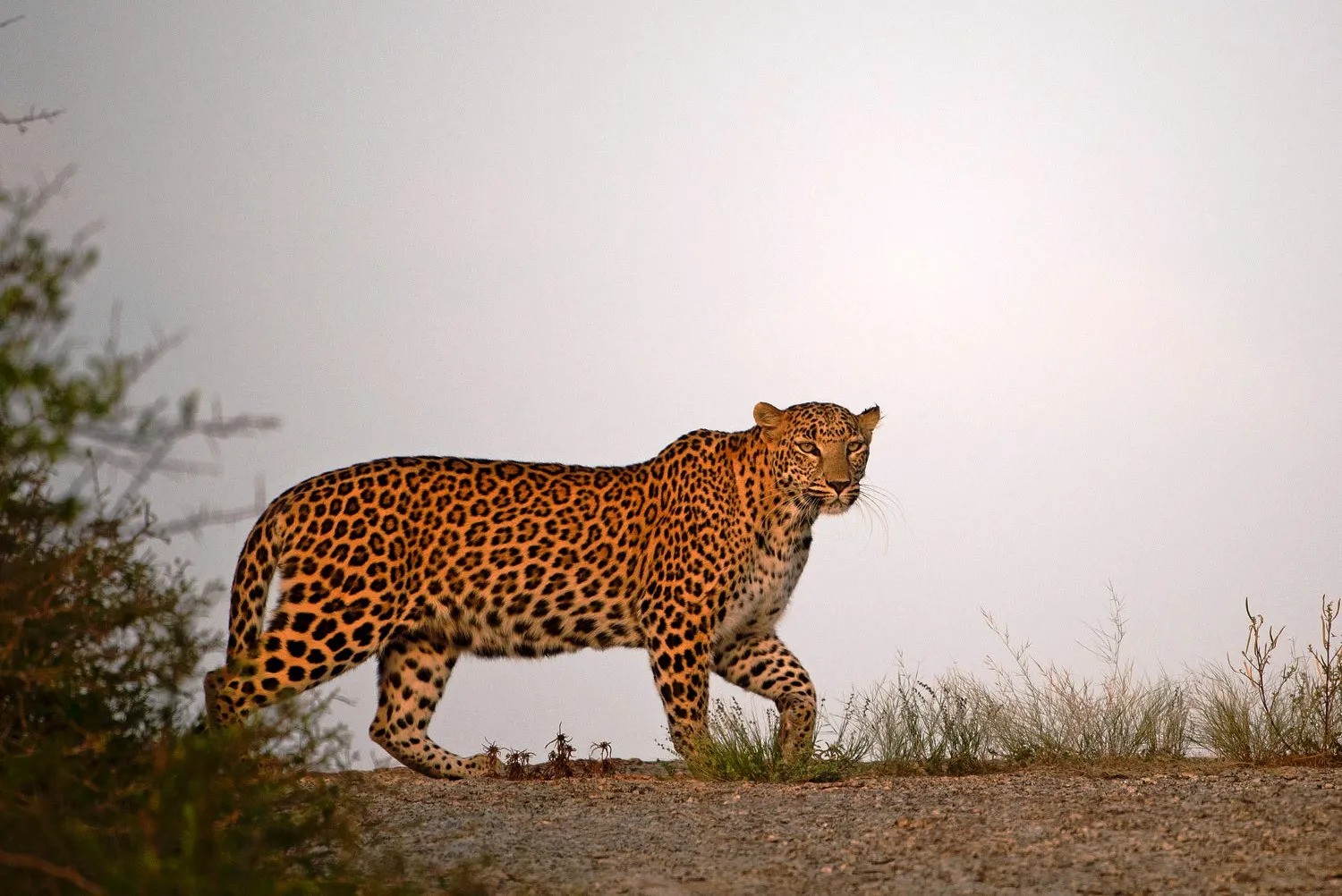
4. Low-Emission Travel Inside the Safari
- Solar-Powered Office Zone
The administrative block and ticket office are powered completely by rooftop solar panels, and they aim to transition 50% of internal staff transport vehicles to electric by next year.
- Fuel-Efficient Safari Vehicles
Until electric safari jeeps are feasible, the current fleet uses low-emission diesel variants that are serviced regularly to maintain optimal fuel efficiency.
- No Horns, No Loudspeakers
Sound pollution affects animal behavior, especially leopards. At Beed Papad, guides communicate softly, and even the walkie-talkies are on vibrate mode. There’s a beautiful stillness in that quiet.
5. Visitor Education: Consciousness Is Key
- Welcome Orientation
Every safari group begins with a 5-minute eco-brief by the ranger. This covers:
- Do’s & Don’ts
- Wildlife safety etiquette
- Importance of silence and respect
- Eco-Trails for Students
Special weekday morning batches host local school eco-clubs and college eco-tourism students. They learn about urban wildlife corridors, plant ID, and the real impact of tourism.
- Interpretive Signage
Each trail zone features bilingual signs (Hindi & English) with info on flora, fauna, and sustainability. These aren’t boring—they’re quirky, fun, and informative with graphics that even kids enjoy.
6. Community Participation in Eco-Tourism
- Local Employment = Less Migration
Over 80% of guides, guards, kiosk workers, and even jeep drivers are hired from nearby villages. This reduces rural–urban migration, creates ownership, and directly ties local well-being to the health of the safari.
- Village Co-Ops for Souvenirs
Souvenirs sold at the eco-huts are handmade by locals—leopard face masks from papier-mâché, recycled cloth bags, neem wood toys. No plastic snow globes here.
- Sustainable Food Supply
Canteens source produce from village farms within a 10–15 km radius. Food is served in leaf plates, clay cups, and even steel cutlery that’s washed and reused.
7. Visitor Responsibilities: What YOU Can Do
To keep Beed Papad sustainable, every visitor plays a role:
✅ Bring reusable water bottles
✅ Wear natural fiber clothing (avoid synthetics in heat)
✅ Don’t feed any animals—ever
✅ Avoid flash photography
✅ Don’t pluck flowers or take “souvenirs” like rocks, bark, or feathers
✅ Carry back all personal waste
✅ Share rides or use e-rickshaws to reach the park
8. Long-Term Sustainability Goals (By 2026–2028)
- Install a compost toilet system to reduce water use further
- Convert all safari jeeps to electric-powered vehicles
- Develop an app for carbon-offsetting options during ticket booking
- Build green buffer zones using agroforestry between park and settlements
- Create tactile trails and Braille signboards to make eco-learning more inclusive
9. Responsible Tourism = Resilient Wildlife
The leopard population around Jaipur exists in an uneasy balance—they’re majestic, elusive, and sensitive to human pressure. One careless selfie, one loud horn, one plastic wrapper can disrupt their patterns.
But when thousands of visitors follow simple sustainable principles, they make a huge difference.
Every conscious step you take—quiet observation, zero-waste behavior, choosing local food—helps keep Beed Papad wild, healthy, and future-proof.
FAQs – Eco-Tourism & Sustainability at Beed Papad
Q1: Can I bring outside food in biodegradable packaging?
Yes, but you must dispose of it responsibly. Leaf/cloth wraps preferred over paper or plastic.
Q2: What happens if someone litters inside?
Fines can be issued, and repeat offenders may be blacklisted from future bookings.
Q3: Are pets allowed?
No. To protect both pets and wildlife, the safari zone is strictly pet-free.
Q4: How do I offset my travel carbon footprint?
Soon, the booking portal will include a voluntary “plant-a-tree” add-on to support local reforestation.
Q5: Can I volunteer for clean-up or planting drives?
Yes! Check with the ranger’s office or look out for public calls on Jaipur Forest Department’s social media handles.
Conclusion
Beed Papad is more than a leopard-viewing spot—it’s a living example of how cities can offer wilderness without destroying it. Through careful planning, community integration, and visitor cooperation, this safari stands as India’s first truly urban eco-tourism success story.
Disclaimer All images used in this blog are either sourced from public domain or credited to their respective owners. If you are the copyright holder of any image and wish to request its removal or proper attribution, please contact us at [email protected]




